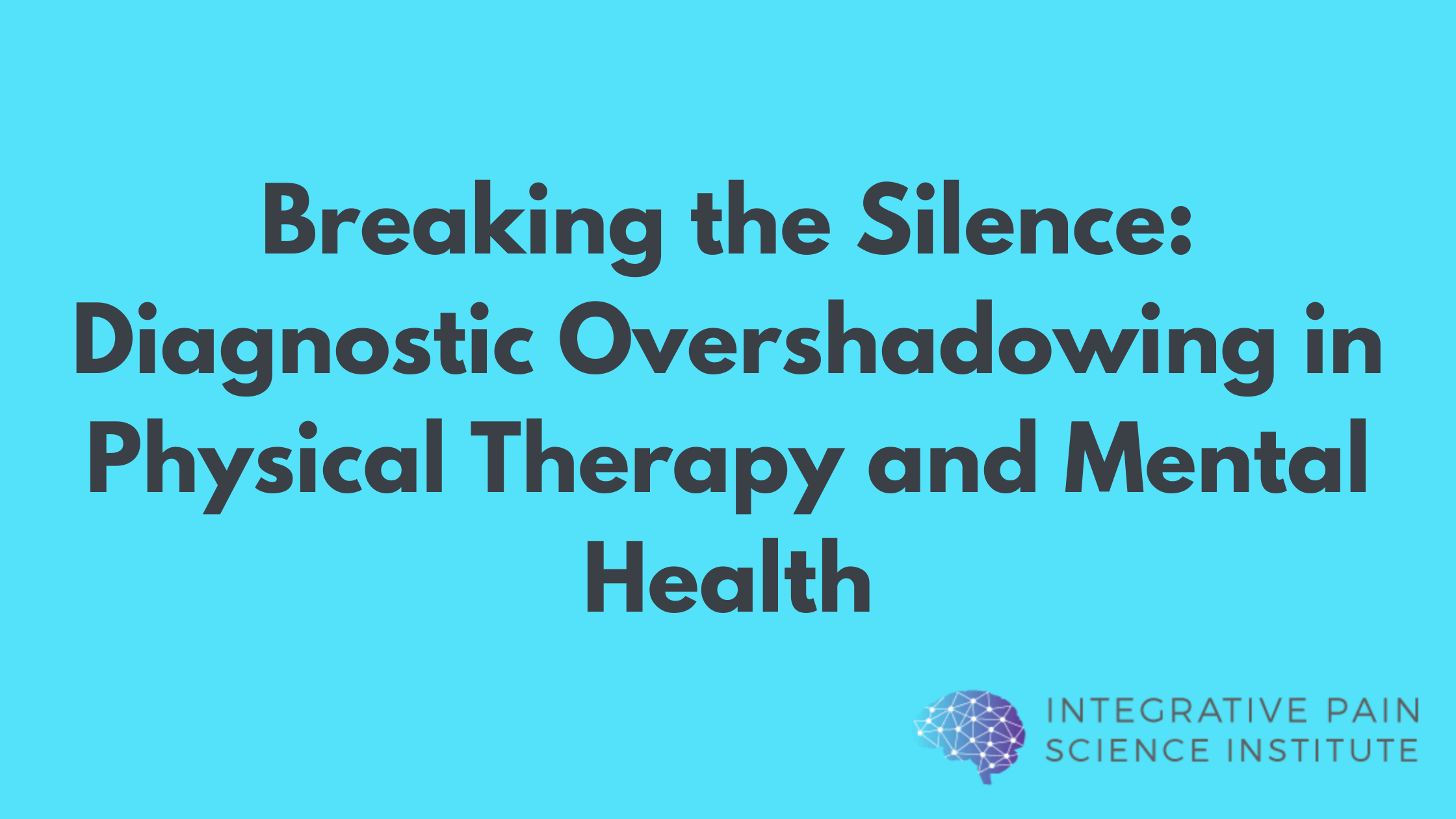Sugar, in its many forms, is a menace. In 1988, the forward-thinking Nancy Appleton wrote a book entitled Lick the Sugar Habit, implicating sugar in 141 diseases.
Today we understand that too much sugar – hiding under many names in endless combinations of glucose and fructose – causes a host of health problems, including PAIN. People with diagnosed diabetes are nearly twice as likely to have arthritis, indicating a diabetes-arthritis connection. But you don’t need to be diabetic or even pre-diabetic.
How does sugar attack our joints?
Sugar in its natural form found in most plant foods is designed to give our body energy. By nature, sugar is our friend. But how many of us eat by nature? That raw carrot is the perfect combination of fiber, nutrients, and water relative to its natural sugar content…just what our body needs. Most manufactured foods, however, concentrate the sugar into amounts too much for our bodies, tipping our scales into an imbalanced, inflamed state.
More and more patients are coming to me with chronic pain directly associated with insulin resistance, high HbA1C, and CRP. These markers of inflammation signal a warning sign to the body. “I can’t digest all of this sugar!” If the body is a furnace with a steady slow-burning heat, too much sugar is a dousing of gas leading to a house fire.
The cells designed to metabolize the sugar start to shut down so the body grows sluggish and unable to create energy from sugar. Simultaneously, the sugar builds up in the blood, increasing production of insulin. In excess, insulin, the “fat cell fertilizer” increases body fat, which adds more stress to the joints. The endless cycle of high blood sugar and insulin resistance leads to inflammation in the body resulting in arthritis, brittle tendons, and higher oxidative stress. All paths to pain.
 Another mention on why we should cut back on the sugar. It ages us!
Another mention on why we should cut back on the sugar. It ages us!
Sugar produces by-products in digestion literally called AGEs (advanced glycation end-products), and AGEs are closely linked in research to worsening degenerative disease such as arthritis.
Rather than accept that we’ll all have pain as we age, we can try to reverse the trend of soaring rates of arthritis, neuropathies, degenerative diseases associated with inflammation with a simple shift from pro-inflammatory foods to anti-inflammatory foods, and adding a few nutrients to support our cell’s insulin receptivity.
- Eliminate pre-packaged foods with added sugars. Processed carbohydrates break down into simple sugars in the body, so remove these completely from your diet (white flour-based foods), and even keep whole grains to a minimum. These carbohydrates, although higher in fiber and vitamins, also contribute to our carbohydrate load.
- Watch for stealth sugars! Sugar has many names. Some of my favorites — agave nectar and brown rice syrup. Don’t they sound healthy? Also, muscovado, panocha, and demerara. All concentrated combinations of glucose and fructose that can lead to trouble!
- Eat whole plant foods in abundance. Corn, corn products, gluten, yeast, eggs, and citrus can be considered pro-inflammatory foods, along with some foods in the nightshade family, which include eggplant, peppers, tomatoes, and potatoes).
- Consider a detoxification program. Toxins build-up in the body and can distress our ability to properly metabolize foods. A detoxification program can serve as a reset button on your body’s hard drive, refreshing the metabolism.
- Supplement with omega-3s, a good multi, chromium and alpha-lipoic acid (ALA). Omega-3s are a calming nutrient, what I like to call “water on the house fire”. The other nutrients will help support your cell’s sensitivity to insulin.
- Exercise! Exercise helps to regulate blood sugar. Aim for 4 days of exercise per week with a mix of resistance training and high intensity interval training.
Ready to live a life with less pain? Your path to healing begins with your plate.
In health,
Dr. Joe Tatta, DPT, CCN
References 1, 2, 3, 4, 5



